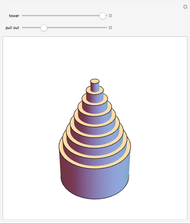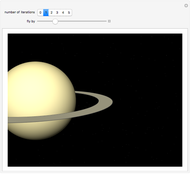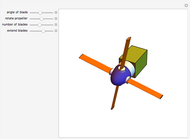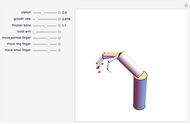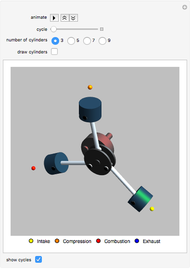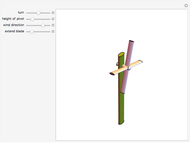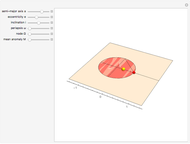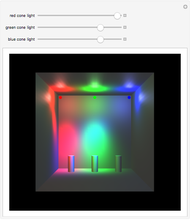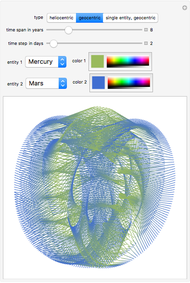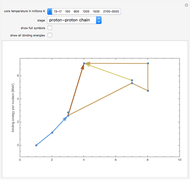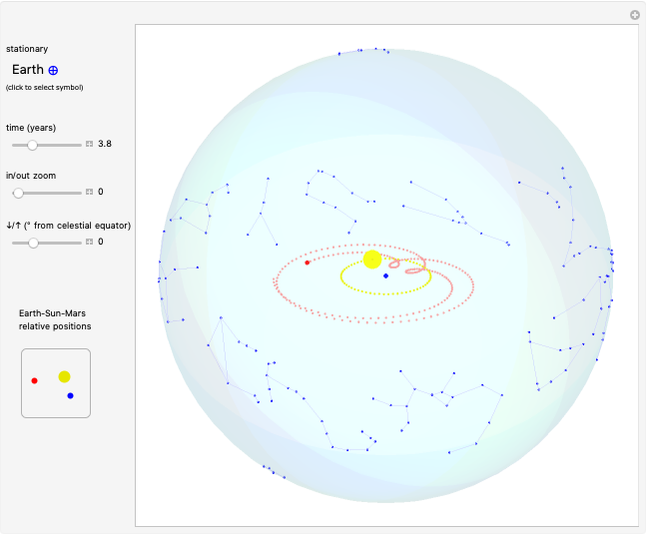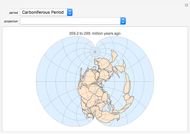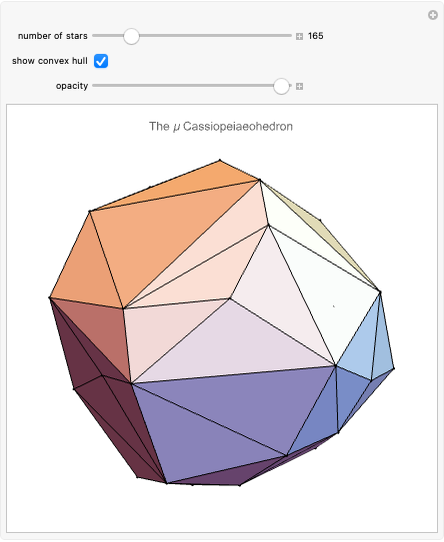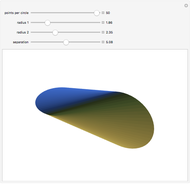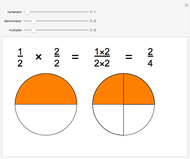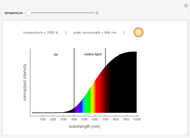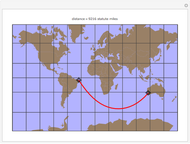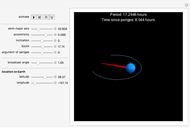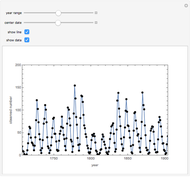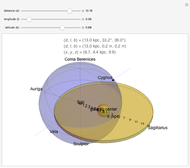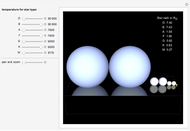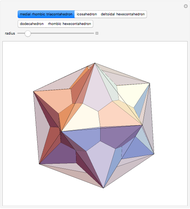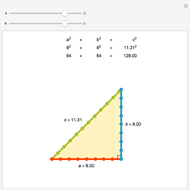Equatorial Telescope Mounts

Requires a Wolfram Notebook System
Interact on desktop, mobile and cloud with the free Wolfram Player or other Wolfram Language products.
To keep an astronomical object within the field of view, telescopes need to be able to compensate for the Earth's rotation. Some telescopes use an equatorial mount, which allows the telescope to track an object along a parallel to the celestial equator. This kind of telescope mount is particularly useful for astrophotography.
[more]
Contributed by: Jeff Bryant (March 2011)
Open content licensed under CC BY-NC-SA
Snapshots
Details
As a result of the Earth's rotation, the right ascension coordinate drifts across the sky along a path parallel to the celestial equator. Once the telescope is adjusted to point at an object's sky coordinates (right ascension and declination), it is simply a matter of driving the right ascension axis with a motor to keep up with the object as it moves.
Permanent Citation
"Equatorial Telescope Mounts"
http://demonstrations.wolfram.com/EquatorialTelescopeMounts/
Wolfram Demonstrations Project
Published: March 7 2011






